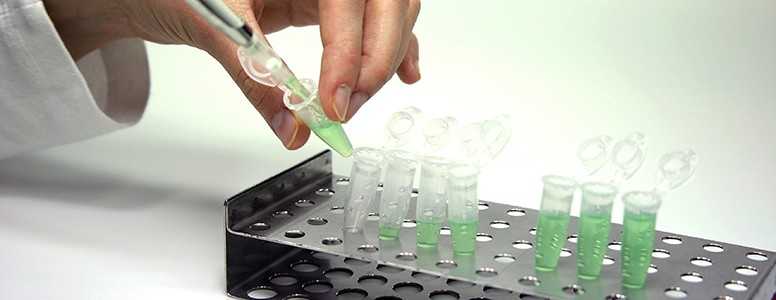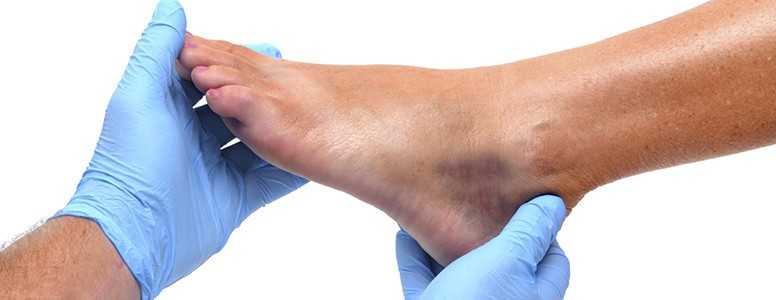The Ubc9 enzyme has been identified by American researchers as a promising therapeutic target for type 2 diabetes.
A team led by Sean Hartig, PhD, Baylor College of Medicine, concluded that Ubc9 suppresses activity of the peroxisome proliferator-activated receptor y (PPARy), which promotes a positive energy balance between white and brown fat cells.
Ubc9 prevents white fat cells from acting more like brown fat cells, which burn sugar and fat, and this imbalance leads to insulin resistance. Using a variety of experiments, the researchers made a number of discoveries regarding inhibition of Ubc9.
A high-throughput microscopy screen found that “[Ubc9] was the most potent suppressor of energy storage in our screen as measured by increased lipid accumulation upon silencing of Ubc9 expression.”
Ubc9 was also significantly elevated in tissue from patients with diabetes and insulin resistance, but treatment with thiazolidinediones (TZDs), a class of PPARy agonist drugs for diabetes, reduced the interaction between Ubc9 and PPARy activity.
The researchers wrote: “We expect that Ubc9 inhibition in conjunction with TZD treatment would synergistically improve insulin sensitivity by stimulating the thermogenic gene program in subcutaneous adipose tissue.”
“Targeted disruption of Ubc9 activity therefore potentially represents a rational approach to increase the therapeutic benefits and potency of insulin-sensitising drugs.”
What's new on the forum? ⭐️
Get our free newsletters
Stay up to date with the latest news, research and breakthroughs.







